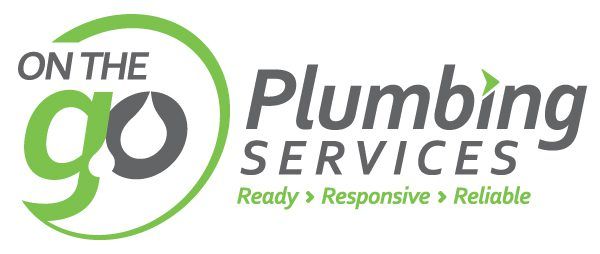When to Choose Pipe Relining Over Pipe Replacement and Why
What's The Difference?
Imagine you have a worn down pipe that’s starting to leak. You can either replace the pipe entirely or reline it. But what’s the difference? There are many decisions that go into pipe maintenance. One of the biggest questions is whether to reline or replace your pipes. Both pipe relining and pipe replacement have significant pros and cons, and the best option for you depends on your unique circumstances.
Everything You Need To Know
-
Pipe Relining in Sydney
Whether it’s a water pipe leak, a cracked sewer pipe, or a broken or misaligned pipe, a pipe reline solution is more cost-effective for repair purposes than replacing the entire pipe. You can opt for pipe lining repair if the pipe is between 100 mm and 1200 mm in diameter. This includes sewer pipes and drain pipes, with or without joints and bends.
-
General Steps for Relining Pipes
You can repair tiny cracks or holes with pipe patches, and lengthier cracks by inserting a partial flexible liner within the original pipe. Once coated with resin, the liner is usually cured (dried and hardened) with hot water or steam. Relining your pipe is faster than replacing it entirely, and results in a corrosion- and rust-resistant pipe that’s stronger after repairs.
-
Cost of Relining
The cost of relining depends on the length and diameter of the pipe, the number of bends and junction cuts required, how accessible the damaged pipe is, and the type of pipe (material).
-
Pipe Relining Repair
Pipe relining occurs when you insert a new pipe inside an old one. This is done by first cleaning out the original pipe and then inserting a liner coated with resin. These liners are made of felt or another similar material. Once the resin-coated liner is in place, it is cured using hot water, steam, or UV lighting. The resin then hardens, forming a new pipe inside the old one.
So, when should you choose pipe relining? Pipe relining is less disruptive and usually less expensive than pipe replacement. It’s a no-dig or trenchless solution, only requiring one access point. This is the best option if the damaged pipe is repairable and if you’re not looking to upgrade to a different type of pipe.
This repair method has the added advantage of not needing to dig beneath your floor, building, driveway, or flower beds to repair a damaged pipe. This means you don’t need to worry about putting your floor back in place or restoring the landscaping.
Pipe relining services are ineffective for extremely damaged pipes (collapsed, or too worn out), or drains that can’t be unclogged.
-
Pipe Replacement
Pipe replacement involves removing the old pipe and putting a new one in place. It requires two access points, and is more expensive and disruptive to your routine than drain or sewer pipe relining. However, it’s necessary if the damaged pipe has collapsed, is crushed, or is extremely worn out. This is also the solution if you’re looking to upgrade your piping to a better type, like PVC or copper.
This process requires removing tiles and digging up the garden or bathroom floor to access the broken pipe. That’s if it’s in your home. It’s more difficult for a business with plumbing underneath buildings, pavements, or landscaping.
Ultimately, the decision between relining or replacing a pipe depends on several factors. You can consult with a pipe relining specialist to determine which option is best for your circumstance.
It’s important to find cost-effective, fast, and long-lasting pipe repair solutions, especially with the rising cost of living. On The Go Plumbing offers a range of pipe relining services for homes, businesses, and strata properties in Sydney’s Inner West, Eastern Suburbs, Cronulla, Sutherland Shire, and South Sydney. Our pipe relining specialists use high-quality material, ensuring the repaired pipe lasts up to 50 years.
BOOK YOUR SERVICE NOW
Please fill in the web form, or give us a call at 1300 589 408
Contact Us
We will get back to you as soon as possible
Please try again later


